Air Force Chief of Staff Gen. Dave Goldfein sat down with his Ukrainian counterpart last week to discuss the two countries' growing ties, the first large-scale, multinational air exercise to be held in Ukraine and the possibility of that country joining the North Atlantic Treaty Organization.
After meeting with General-Colonel Sergii Drozdov at the Pentagon Thursday, Goldfein said the discussion centered around Russian aggression in Eastern Europe.
“Russia’s aggression is not simply a matter for Ukraine,” Goldfein told reporters afterward. “It is a threat to the region, to Europe, to the United States and to the stability of the international order."
Drozdov’s visit came less than a month after the U.S. and eight other nations participated in Clear Sky 2018, the first-ever large-scale multinational air exercise held in Ukraine, and the first in Eastern Europe since 2014, according to an Air Force press release.
“Our growing partnership and security cooperation with Ukraine supports our national defense strategy and promotes regional stability, security and international trust," Goldfein said.
That growing security partnership may one day manifest in Ukraine joining the NATO alliance.
The success of Clear Sky was therefore significant, since one important requirement for NATO membership is demonstrating interoperability with the armed forces of its member-states.
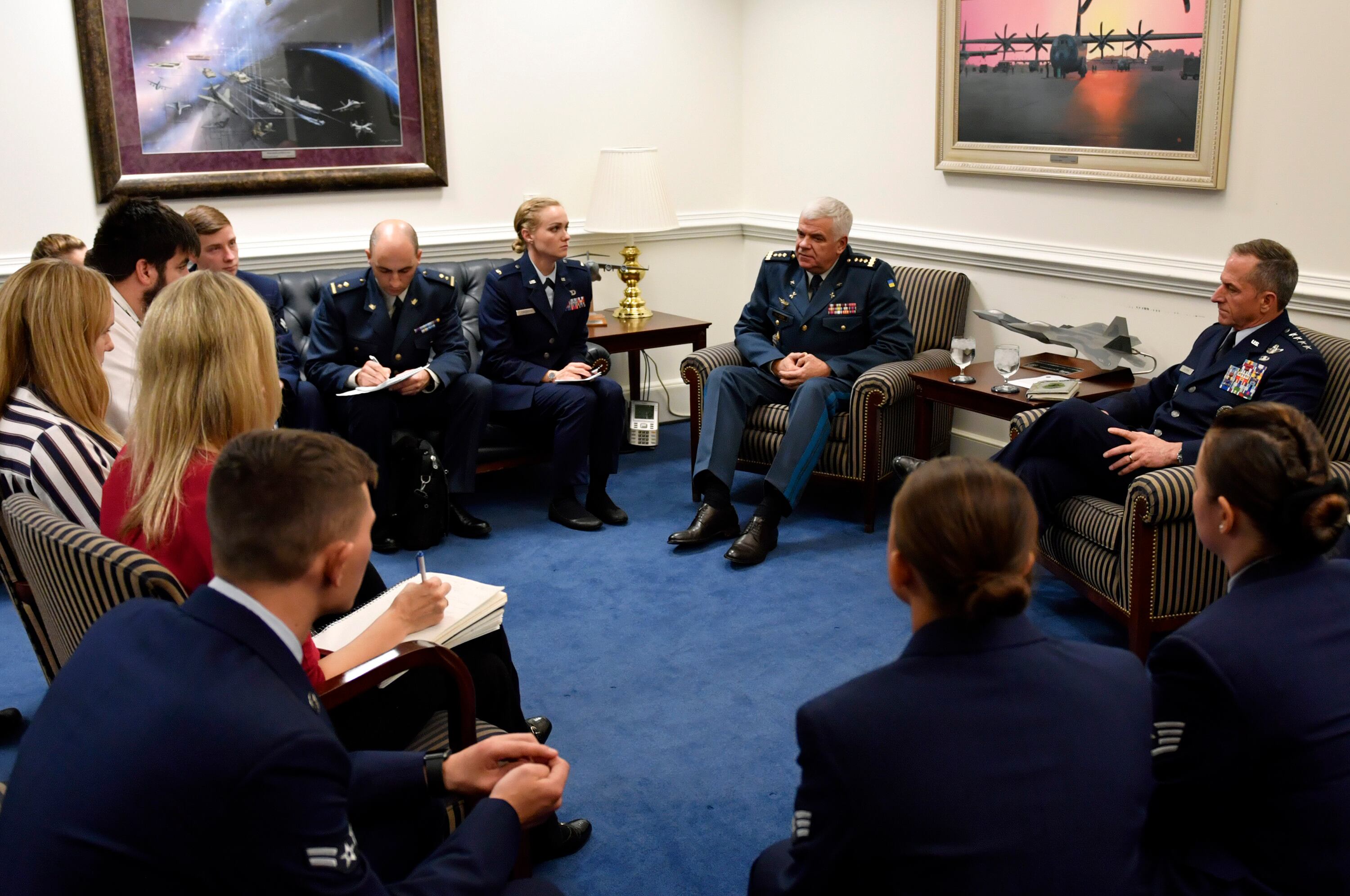
Clear Sky “showcased the strong bond between the U.S. and Ukraine and how far the Ukrainian air force has come in their path towards NATO interoperability," Goldfein said during the press briefing.
“Together with Gen. Goldfein we had a positive discussion on points of common interest,” Drozdov said through an interpreter. “We are finding new ways to support each other so we can withstand Russian aggression.”
A considerable portion of the discussions between the two air chiefs focused on their countries' combined operations, and ensuring their systems, tactics and operations mesh, Goldfein said.
Key to Clear Sky′s success was the State Partnership Program, which has linked Ukraine and the California National Guard since 1993. The program is administered by the National Guard Bureau with the Defense Department and State Department’s policy goals in mind.
California and Ukraine were partnered based on their similar agricultural output, long coastlines and large tech sectors, Lt. Col. Robert Swertfager, State Partnership Program director for the California Air National Guard, told Air Force Times.
RELATED
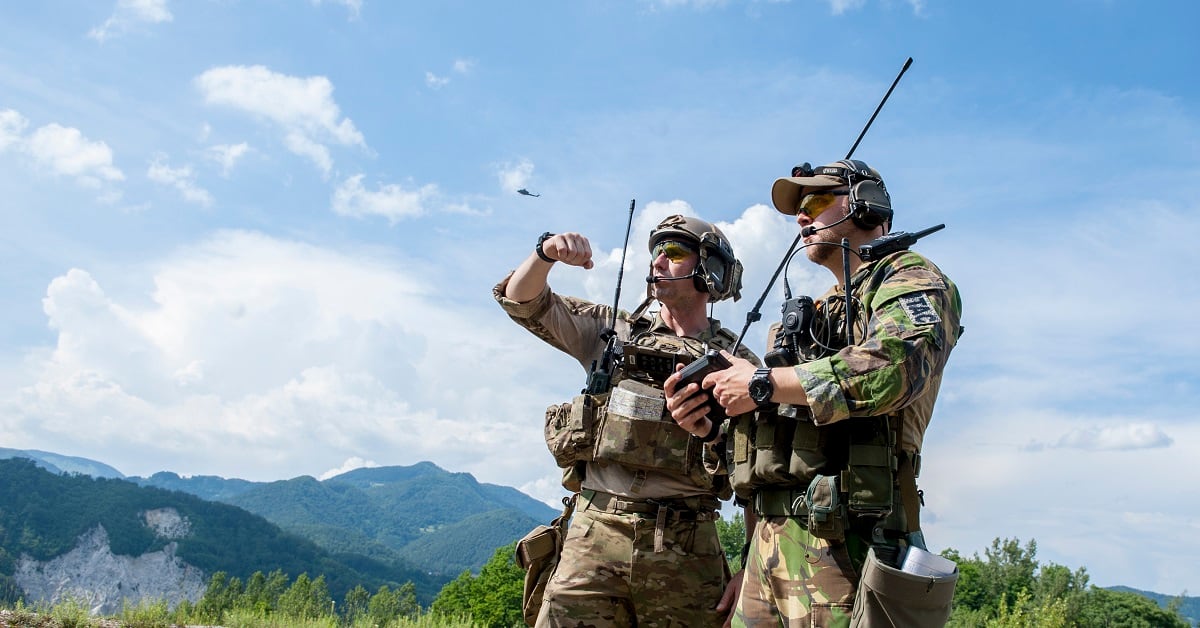
Thus far, Clear Sky has been the largest exercise shared in the partnership.
“Clear Sky was a Ukraine-hosted, U.S. Air Forces in Europe-sponsored, and regionally developed exercise ... it was basically the largest of its kind in Eastern Europe ever,” Swertfager said.
“When you’re trying to integrate with a former Soviet country, which has a completely different system than a NATO operation, you need to highlight differences, not just in record keeping and cross-functional equipment, but also laws," Swertfager said.
“These are things we highlighted for Ukraine that they can take back to their Ministry of Defense and start working to change internal laws or doctrine within their own military,” he added. "It’s not just the wrench turning but it’s the big puzzle pieces that inhibit interoperability that needed to be identified.”
The exercise wasn’t a direct response to the war simmering in Ukraine’s eastern Donbass region against pro-Russian separatists, but Ukraine’s shift away from Russian influence since that conflict began in 2014 is hard to ignore.
The former Soviet republic has periodically flirted with joining NATO since the mid-1990s. Those plans appeared to end with the 2010 election of Viktor Yanukovych as president. Then, in 2014, anti-government protests drove the Moscow-friendly president from power and a pro-Western government under Petro Poroshenko took over.
Shortly afterward, Russia invaded and annexed Ukraine’s Crimean peninsula and war boiled over in the Donbass region.
“My first experience with Ukraine goes back to 2002, and the country has had surges of pro-Western and pro-Eastern, or pro-Russian, sentiment since I got involved,” Swertfager said. “It’s just been more apparent since 2014.”
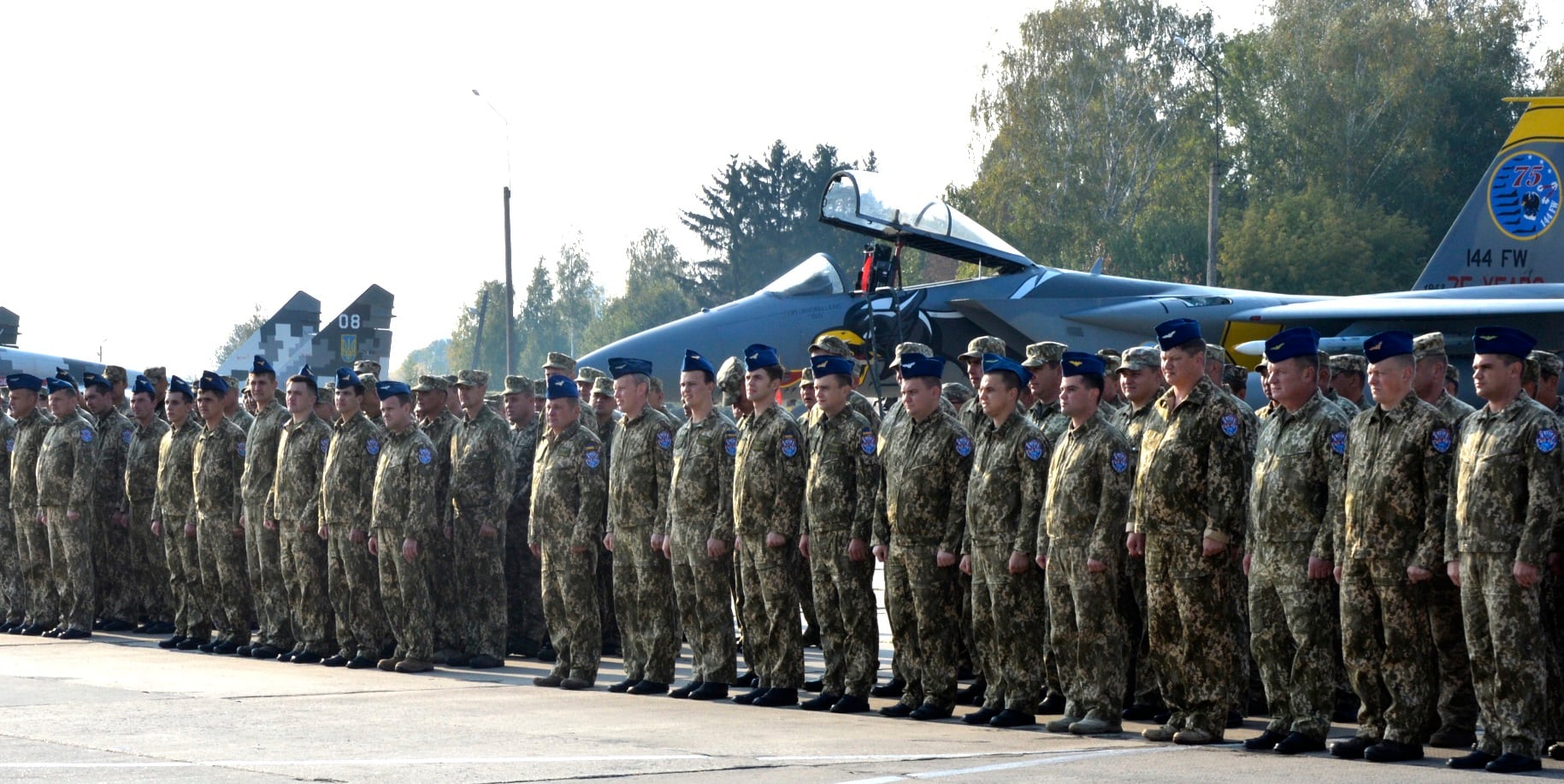
Clear Sky brought together nearly 1,000 soldiers and airmen from nine partner nations, including Belgium, Denmark, Estonia, the Netherlands, Poland, Romania and the United Kingdom.
The joint forces trained in everything from close-air support called in by NATO joint terminal attack controllers, or JTACs, to personnel recovery and aeromedical evacuation missions led by U.S. Air Force pararescue jumpers. Airmen even practiced repelling cyber attacks.
“Obviously, that [cyber defense] is a big concern for Ukraine, given the conflict in the east,” Swertfager said.
Ukraine has often complained that Russian hackers target its banks and energy infrastructure with malicious software in order to create “back doors” for a future cyber attacks. Though, U.S. officials said there were no actual Russian cyber intrusion attempts observed during Clear Sky.
Providing Ukraine with cyber defense exercises, in addition to all the other air operations, ultimately serves to draw a “base-line of where Ukraine’s capability is and where we need to focus to improve their interoperability with Western forces," Swertfager said.
Clear Sky also incorporated MQ-9 Reaper drones, KC-135 tankers, F-15 fighters and Ukrainian jets, as well as other aircraft flying from multiple airbases in allied countries like Poland and Romania.
The drones, for instance, offered intelligence, surveillance and reconnaissance for the close air support portion of the exercise.
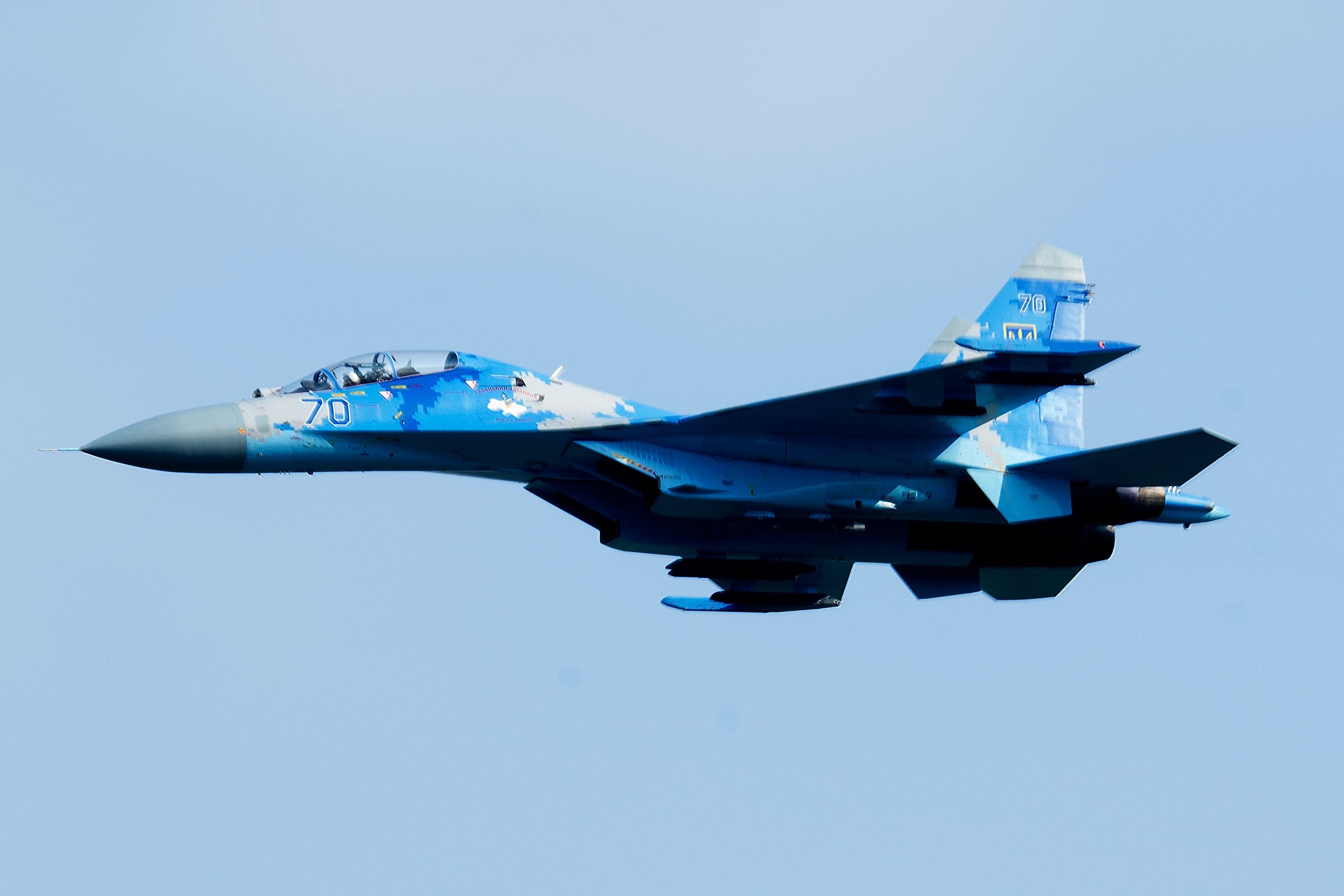
“We had multiple nations with JTACs in western Ukraine on ranges working with Ukrainian JTACs to vector in Polish F-16s to do ground support,” Swertfager said. “And they were also teamed up with Ukrainian Su-24 and Su-25 [attack aircraft].”
JTAC is a rating used by NATO member-states to identify troops, typically airmen, who specialize in directing close air support on the ground, from a forward position.
Ukraine is interested in ultimately developing a fully professionalized JTAC cohort of their own.
The close air support training underscored an early take-away for all participants: language barriers.
“Ukraine did a great job of progressing language interoperability, but we have a long ways to go," Swertfager said. "This is not just the English language, you’ve got acronyms, you’ve got slang, you’ve got your code words. So it’s more than just learning English in an academic institution. But that’s definitely where it needs to start and that’s going to be a big push after this exercise.”
Another important lesson came from the air mobility portion of Clear Sky.
Everything from airlifting equipment into a country and hauling gear across ground borders, to the logistics of getting fuel to aircraft, could be contested in a possible conflict in Eastern Europe.
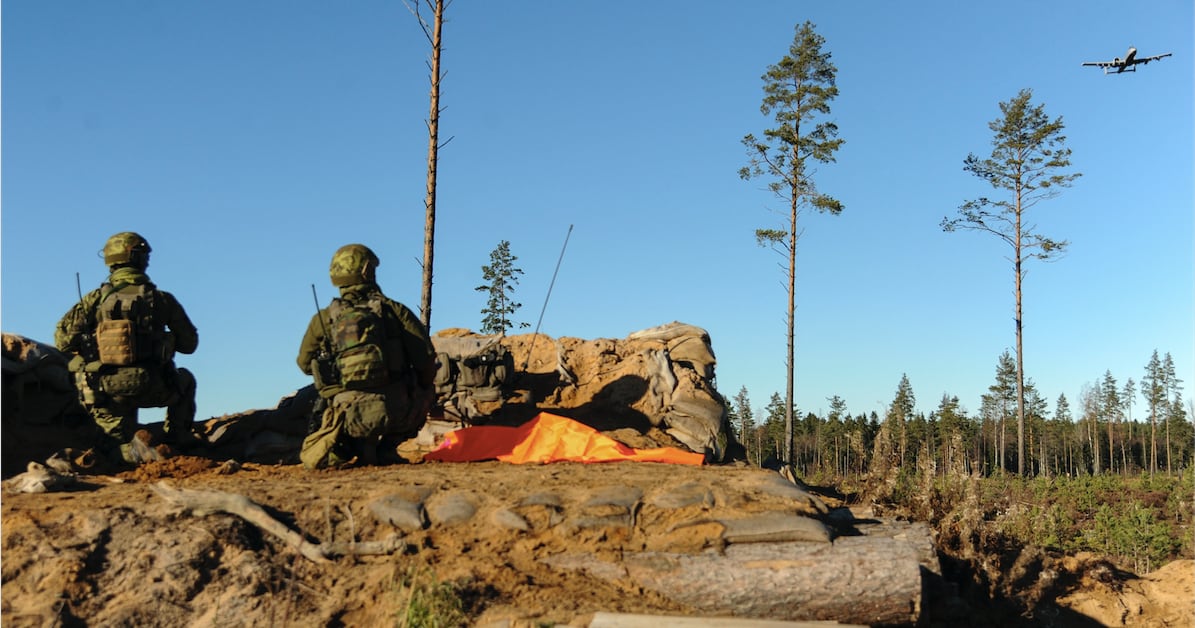
“So we’re going to drill down deep into Ukraine being able to support future exercises, or just getting them to pack up and deploy to another European country to support an exercise there, so that logistics train learns to go both ways," Swertfager said.
There will be a more complete after-action conference held in early December, but overall, “the exercise was very successful,” he added.
“We were very impressed with Ukraine’s air force and where they were," Swertfager said. “I think it was a big unknown for a lot of people not involved in the California Guard program before this.”
Ukraine’s pilots and aircraft maintainers wound up out-performing expectations, flying more than number of sorties they actually had scheduled.
“It was awesome seeing them able to generate the amount of sorties they did,” Swertfager said. “How professional Ukrainian airmen were and how prepared they were for this exercise stood out. They are definitely interested in being a professional air force and being able to interoperate with U.S. and NATO forces. They were, bar none, some of the best hosts I’ve seen in my 27-year career.”
Kyle Rempfer was an editor and reporter who has covered combat operations, criminal cases, foreign military assistance and training accidents. Before entering journalism, Kyle served in U.S. Air Force Special Tactics and deployed in 2014 to Paktika Province, Afghanistan, and Baghdad, Iraq.





